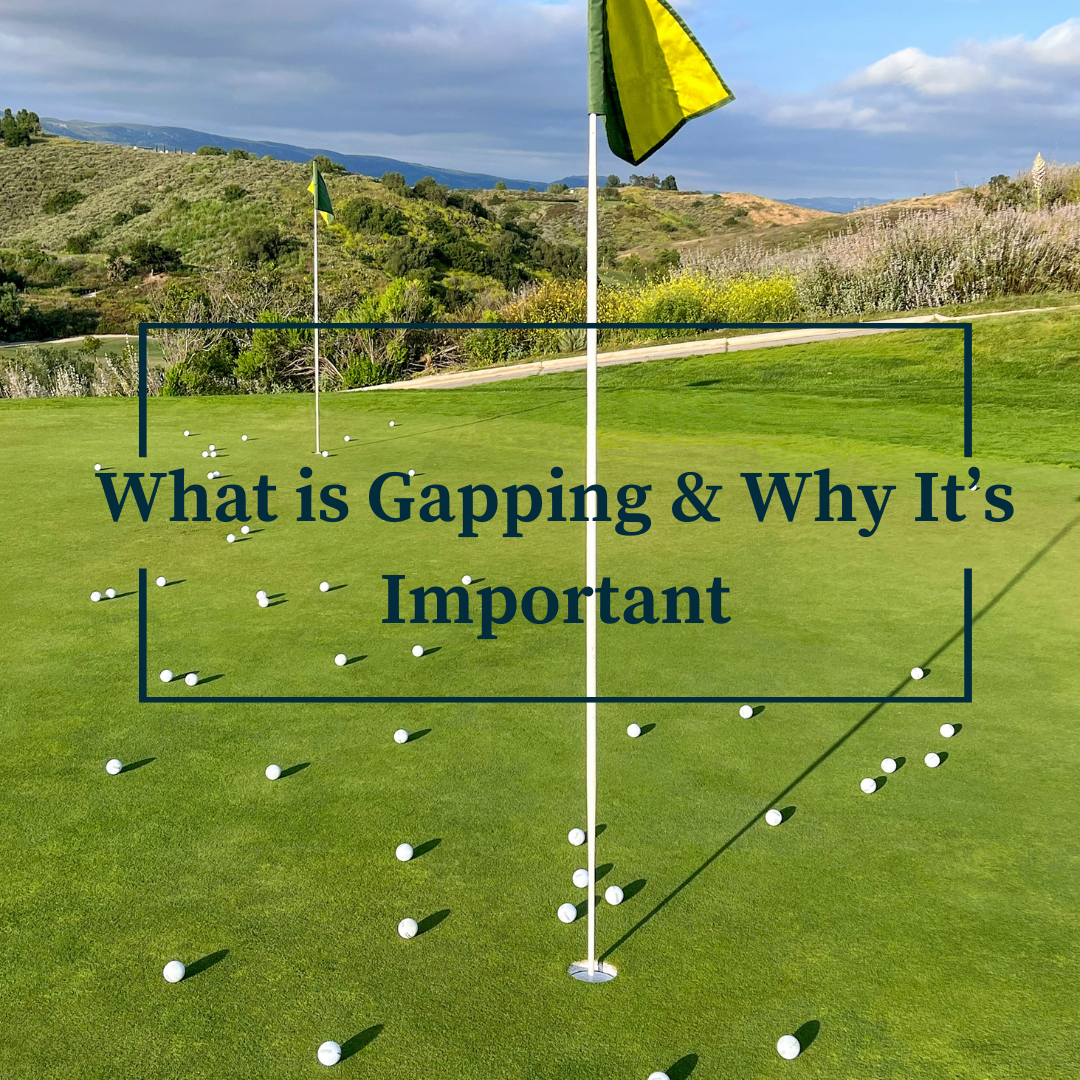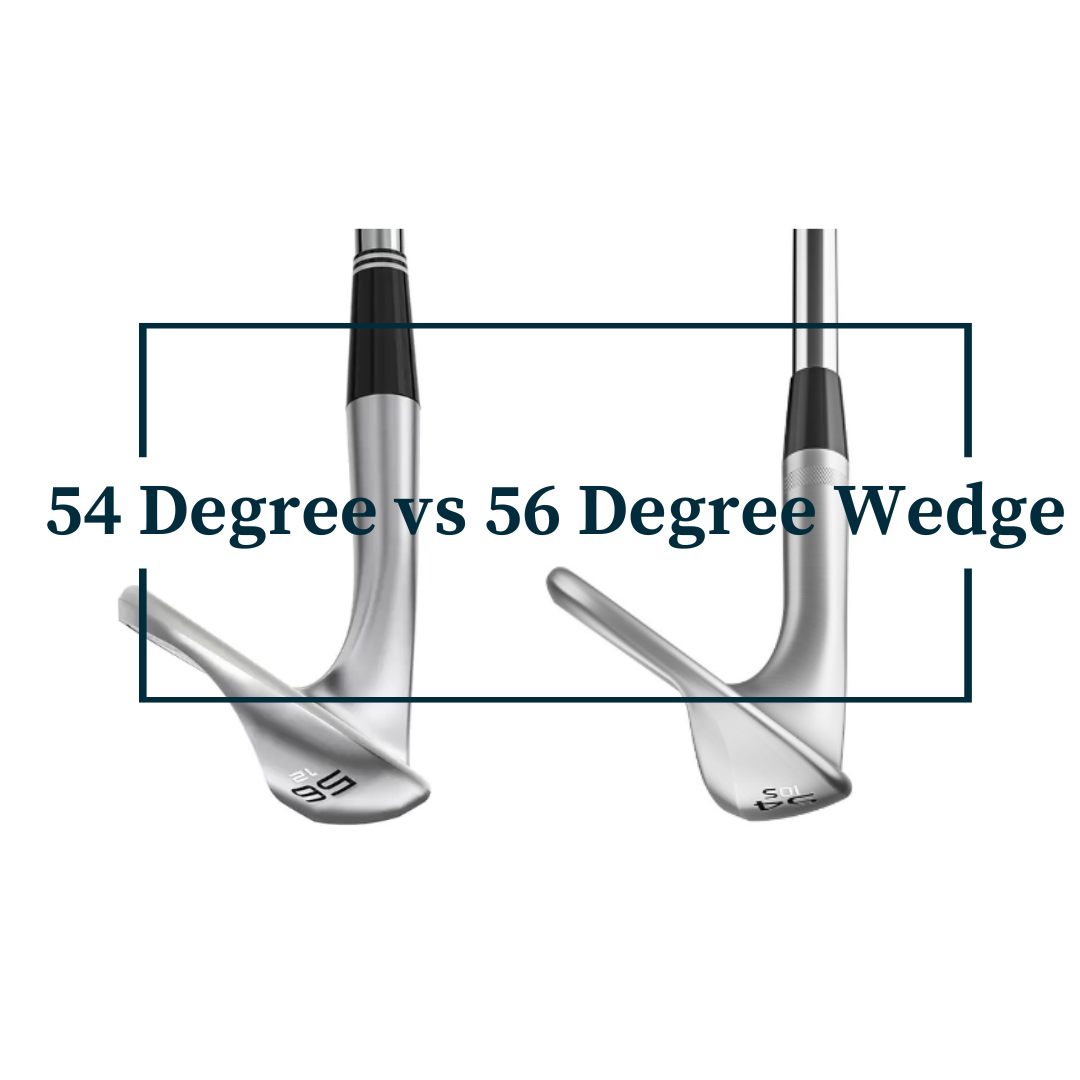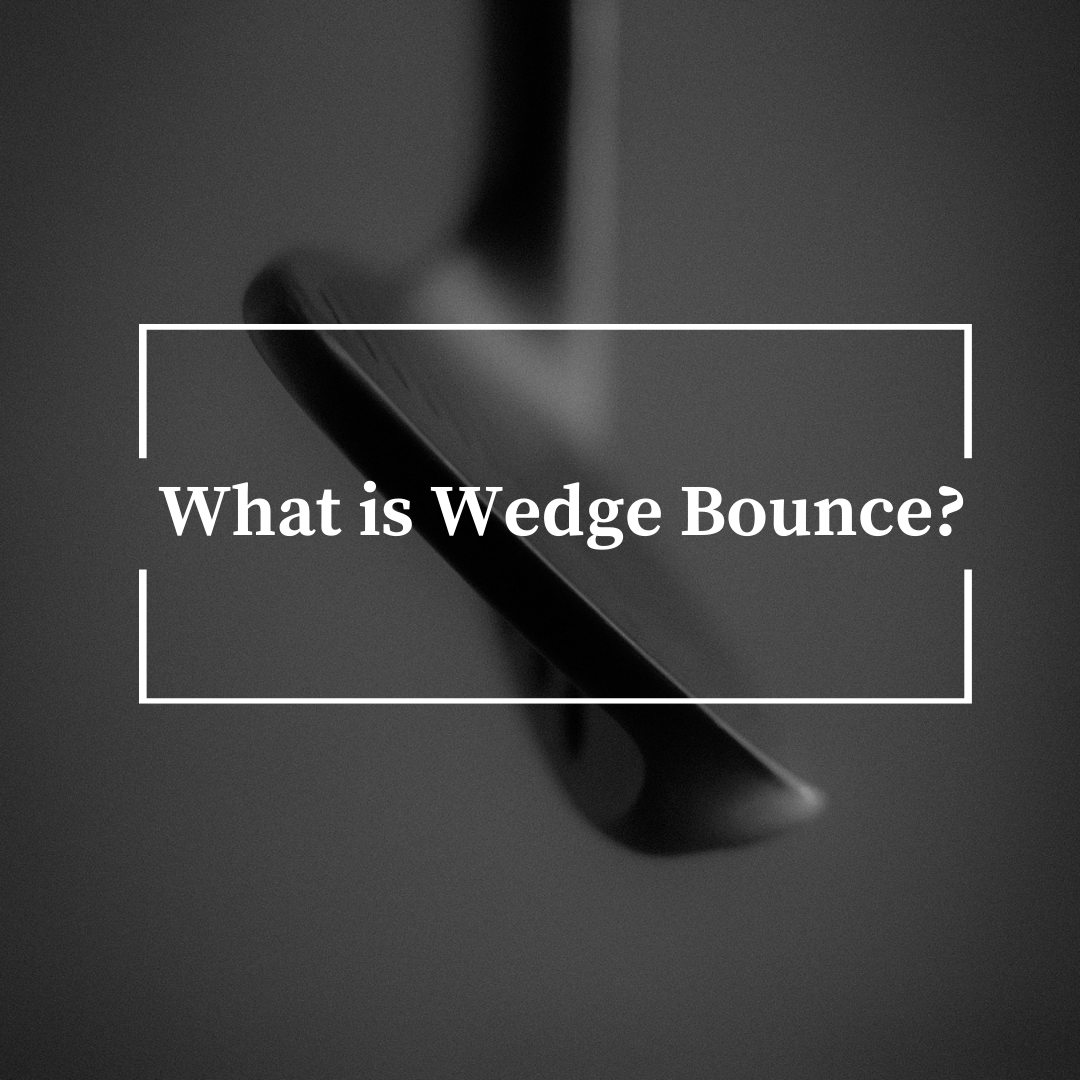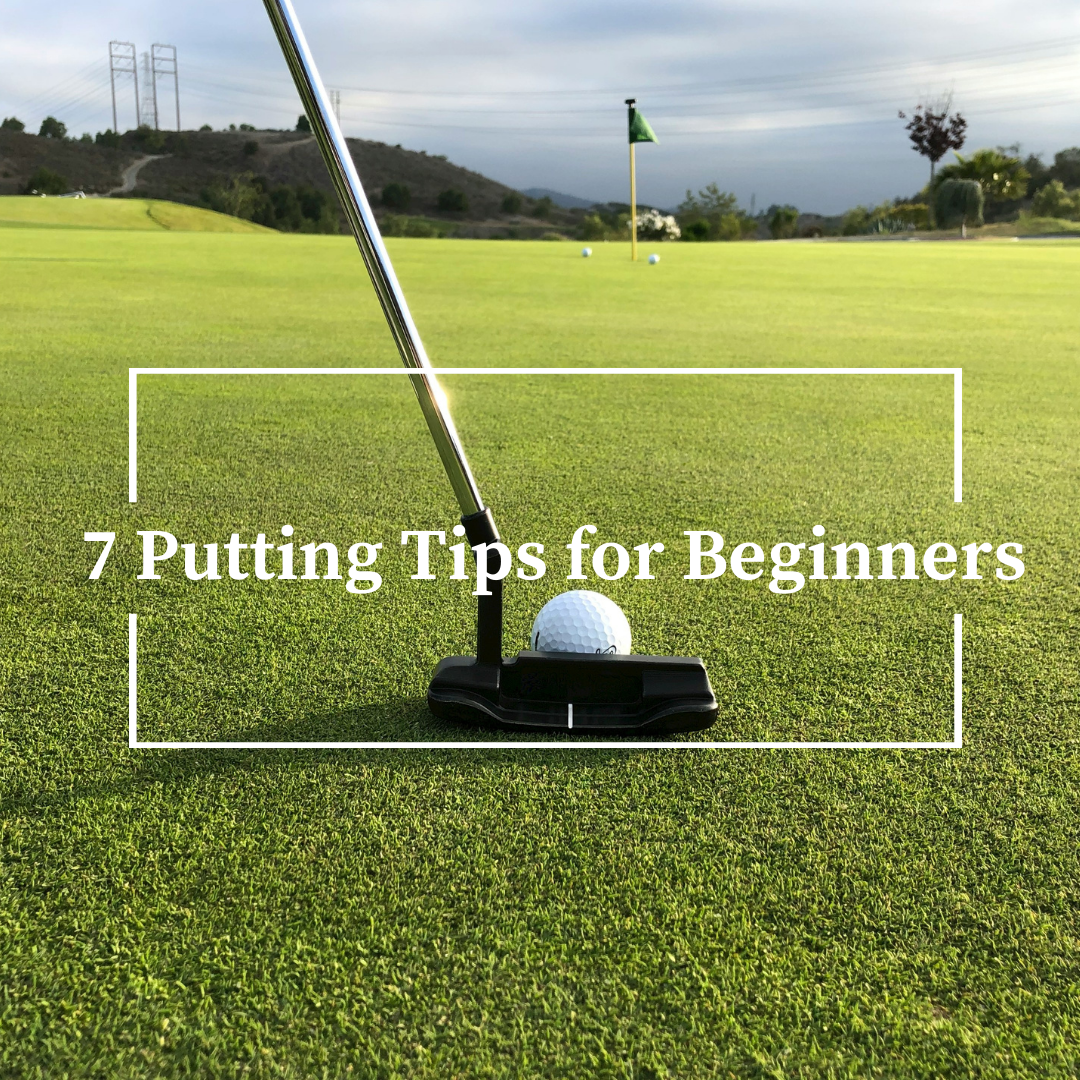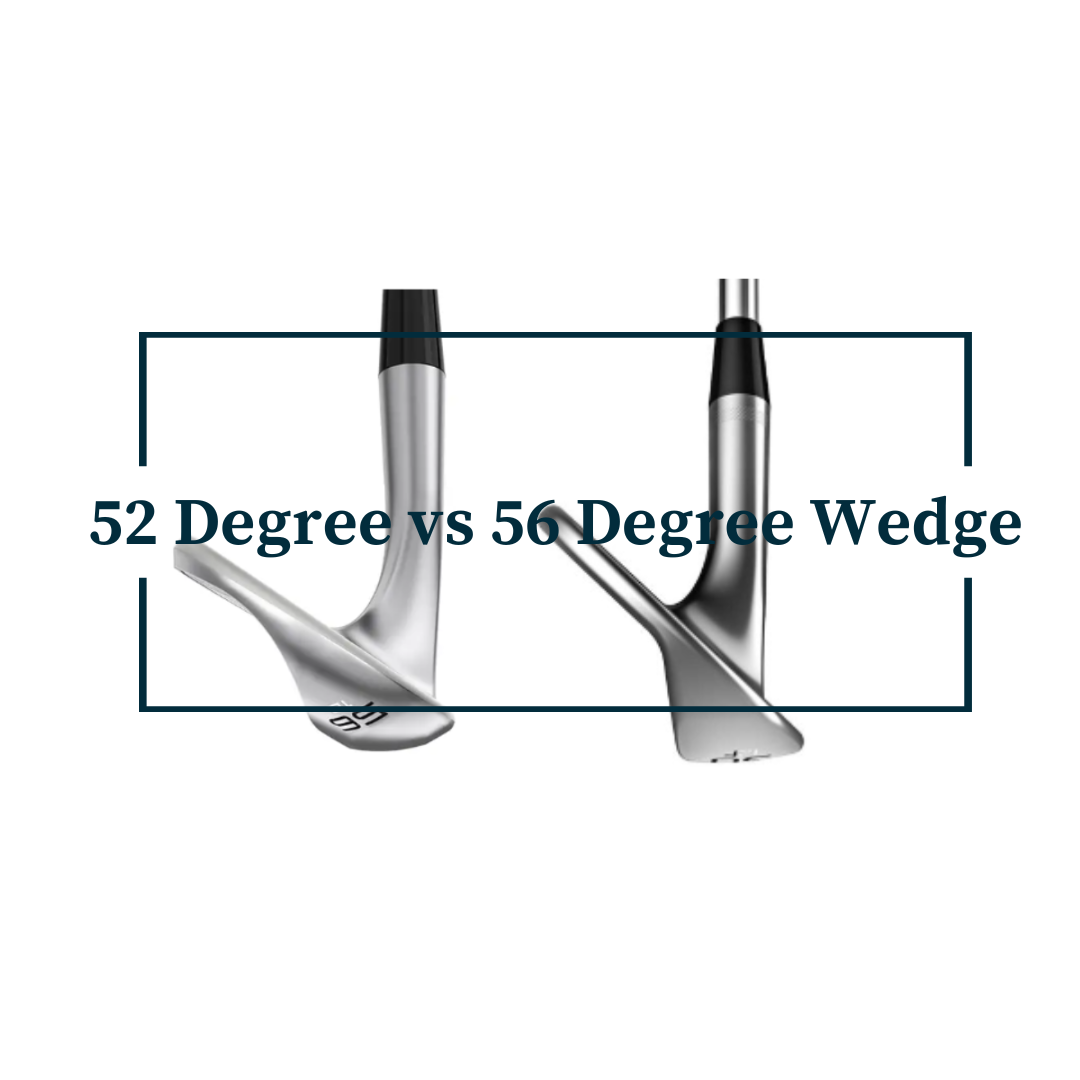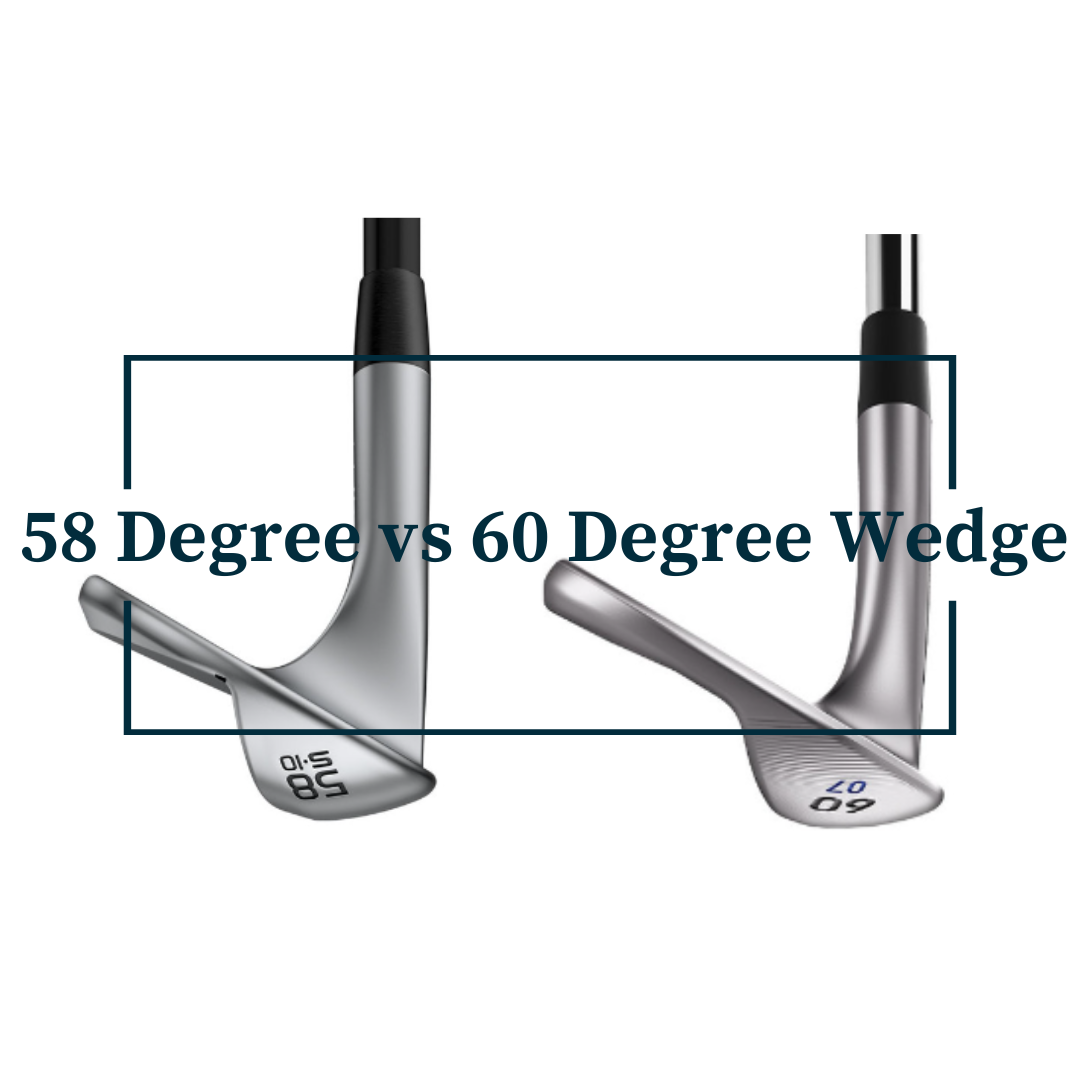Are you wondering how far you should be hitting your golf clubs or how do you compare to others at your skill level and gender? Keep reading to find out.
Before we break down the specific golf club distances, let’s look into the factors that influence golf club distances:
Swing Speed:
Is the most influential factor in how far your ball travels. The faster your swing speed, the greater potential for your ball to go further. A general rule of thumb is every additional 1mph of clubhead speed equates to roughly 2mph more distance. This is assuming additional factors, such as strike, and weather conditions are equal.
Just because you have high swing speed does not mean you will be hitting bombs. It also depends on your swing technique and ball striking. An amateur golfer could have the same swing speed of a pro golfer, but the distances are extremely different. This is mainly due to ball striking.
As Rory Mcilroy said “The one thing I focus on more than anything else is just good contact. Strike it solid because if you strike it solid obviously more times than not it’s going to work out in your favor”
Swing Speed (Carry distance)
| Club | 60 mph | 70 mph | 80 mph | 90 mph | 100 mph | 110 mph | 120 mph | 130 mph | 140 mph | 150 mph |
| Driver (Carry) | 146 | 170 | 195 | 219 | 243 | 268 | 292 | 316 | 340 | 365 |
| 3 Wood | 130 | 150 | 175 | 195 | 215 | 238 | 259 | 283 | 303 | 318 |
| 5 Wood | 125 | 145 | 165 | 185 | 205 | 225 | 245 | 265 | 285 | 305 |
| Hybrid | 120 | 140 | 160 | 180 | 200 | 220 | 240 | 260 | 280 | 300 |
| 2 Iron | 118 | 135 | 155 | 176 | 194 | 213 | 233 | 252 | 271 | 292 |
| 3 Iron | 115 | 130 | 150 | 172 | 188 | 207 | 226 | 245 | 265 | 284 |
| 4 Iron | 110 | 126 | 145 | 165 | 180 | 190 | 208 | 226 | 245 | 264 |
| 5 Iron | 105 | 120 | 138 | 155 | 170 | 185 | 198 | 215 | 228 | 247 |
| 6 Iron | 100 | 115 | 130 | 145 | 165 | 175 | 185 | 195 | 208 | 219 |
| 7 Iron | 95 | 105 | 120 | 135 | 155 | 165 | 175 | 185 | 195 | 210 |
| 8 Iron | 85 | 100 | 115 | 130 | 145 | 155 | 165 | 175 | 190 | 202 |
| 9 Iron | 80 | 90 | 105 | 120 | 130 | 145 | 160 | 175 | 186 | 197 |
| Pitching Wedge | 73 | 85 | 100 | 110 | 120 | 135 | 145 | 156 | 167 | 179 |
As you can see the faster you swing, the further the ball travels. Remember though it is not all about distance. It is having a swing speed that suits you and allows you to have quality ball striking.
Ball Speed:
Similar to swing speed. The faster the ball speed, the greater potential for your ball to go further. Ball speed is influenced by swing speed and quality of ball striking.
Striking the ball in the sweet spot of the clubface is critical for maximizing ball speed. To understand if you are hitting the ball in the sweet spot, you can use impact tape or foot spray. This will give you a visual on where the ball is hitting the clubface.
Smash Factor:
Smash Factor is ball speed divided by club speed. It measures the energy from the clubface to the golf ball on contact.
High smash factor indicates more energy transferred from the clubface to the ball and the opposite for a lower smash factor. Smash factor is a very valuable metric for golfers as it provides feedback on the quality of your ball striking and effectiveness of your golf swing.
To provide context a male PGA tour pro’s, smash factor with a driver, on average is 1.48. Meaning the ball speed is 1.48 times the speed of the clubhead at impact.
Loft:
The loft of your club will impact how far the ball travels. The higher the loft in the club the shorter the ball will travel. Higher lofted clubs, like a pitching wedge (45 degrees) generates more backspin and higher launch angles which reduces distance. Whereas lower lofted clubs, like a driver (8-16 degrees) does the opposite to maximize distance.
Equipment:
Like any sport you play, equipment has an influence on your performance. It is no different in golf, the quality of your golf clubs and balls will impact the distance of your shot.
Depending on the golfer’s skill level, they are looking for different things in their equipment. For example, a beginner should be looking for distance and forgiveness in their clubs and accuracy in their golf ball.
Skill Level:
The more advanced you are at golf, the greater potential you have to hit the ball further. Because you will have a better golf swing. Meaning faster clubhead and ball speed, higher smash factor, better ball striking. Skill is twice as impactful as age when it comes to gaining and maintaining distance.
Golf Club Distance Charts: Skill Level & Age
MALE (Carry Distance)
| Club | High Handicappers | Mid Handicappers | Low Handicappers | PGA Tour |
| Driver | 200 yards | 260 yards | 270 yards | 296 yards |
| 3-Wood | 180 yards | 240 yards | 250 yards | 262 yards |
| 5-Wood | 170 yards | 220 yards | 240 yards | 248 yards |
| 2-Iron | 160 yards | 200 yards | 220 yards | 236 yards |
| 3-Iron | 150 yards | 190 yards | 200 yards | 228 yards |
| 4-Iron | 140 yards | 180 yards | 190 yards | 219 yards |
| 5-Iron | 130 yards | 170 yards | 180 yards | 209 yards |
| 6-Iron | 120 yards | 160 yards | 170 yards | 197 yards |
| 7-Iron | 110 yards | 150 yards | 160 yards | 185 yards |
| 8-Iron | 100 yards | 140 yards | 150 yards | 172 yards |
| 9-Iron | 90 yards | 130 yards | 140 yards | 159 yards |
| Pitching Wedge | 80 yards | 120 yards | 130 yards | 146 yards |
| Gap Wedge | 60 yards | 110 yards | 120 yards | 135 yards |
| Sand Wedge | 50 yards | 100 yards | 110 yards | 124 yards |
FEMALE (Carry Distance)
| Club | High Handicappers | Medium Handicappers | Low Handicappers | PGA Tour |
| Driver | 150 yards | 170 yards | 200 yards | 218 yards |
| 3-Wood | 140 yards | 150 yards | 170 yards | 195 yards |
| 5-Wood | 120 yards | 140 yards | 150 yards | 185 yards |
| 2-Iron | 100 yards | 120 yards | 130 yards | 180 yards |
| 3-Iron | 90 yards | 100 yards | 120 yards | 174 yards |
| 4-Iron | 80 yards | 90 yards | 110 yards | 169 yards |
| 5-Iron | 70 yards | 80 yards | 100 yards | 161 yards |
| 6-Iron | 60 yards | 70 yards | 90 yards | 152 yards |
| 7-Iron | 50 yards | 60 yards | 80 yards | 141 yards |
| 8-Iron | 55 yards | 50 yards | 70 yards | 130 yards |
| 9-Iron | 40 yards | 55 yards | 60 yards | 119 yards |
| Pitching Wedge | 45 yards | 40 yards | 50 yards | 107 yards |
| Gap Wedge | 40 yards | 45 yards | 55 yards | 97 yards |
| Sand Wedge | 30 yards | 40 yards | 40 yards | 88 yards |
How to Improve your Distance
Practice
There is no silver bullet to improve your distance. Like many other things you want to improve in life, it is about consistent practice and dedication. The same goes with improving the distance on your shots.
You need to get out onto the range and continue to work on your golf swing and ball striking. This will also provide you with an understanding on what distances you hit with every club. This will help you to make the correct decisions on what club to hit through your round.
Check out golf swing tips to master your golf swing.
Equipment
Yes, equipment will make a difference. There is so much equipment out there to suit a golfers skill level or swing speed. By finding the right equipment will help you in improving your game.
The first thing to start with is your golf clubs and finding the right clubs. After you have found your clubs, then it about finding the right golf ball.
Other equipment to let you know about your swing speed and other factors to help you understand the quality of your shot are swing analyzers.
Final Thoughts
The above yardages are a guide, and these will vary from player to player. By knowing your distances for every club will go long way in improving your golf game. It will help you to make the correct decisions on what club to hit on the golf course. So, take the time to practice on the driving range or in a golf simulator to gain an understanding of what your distances are.

